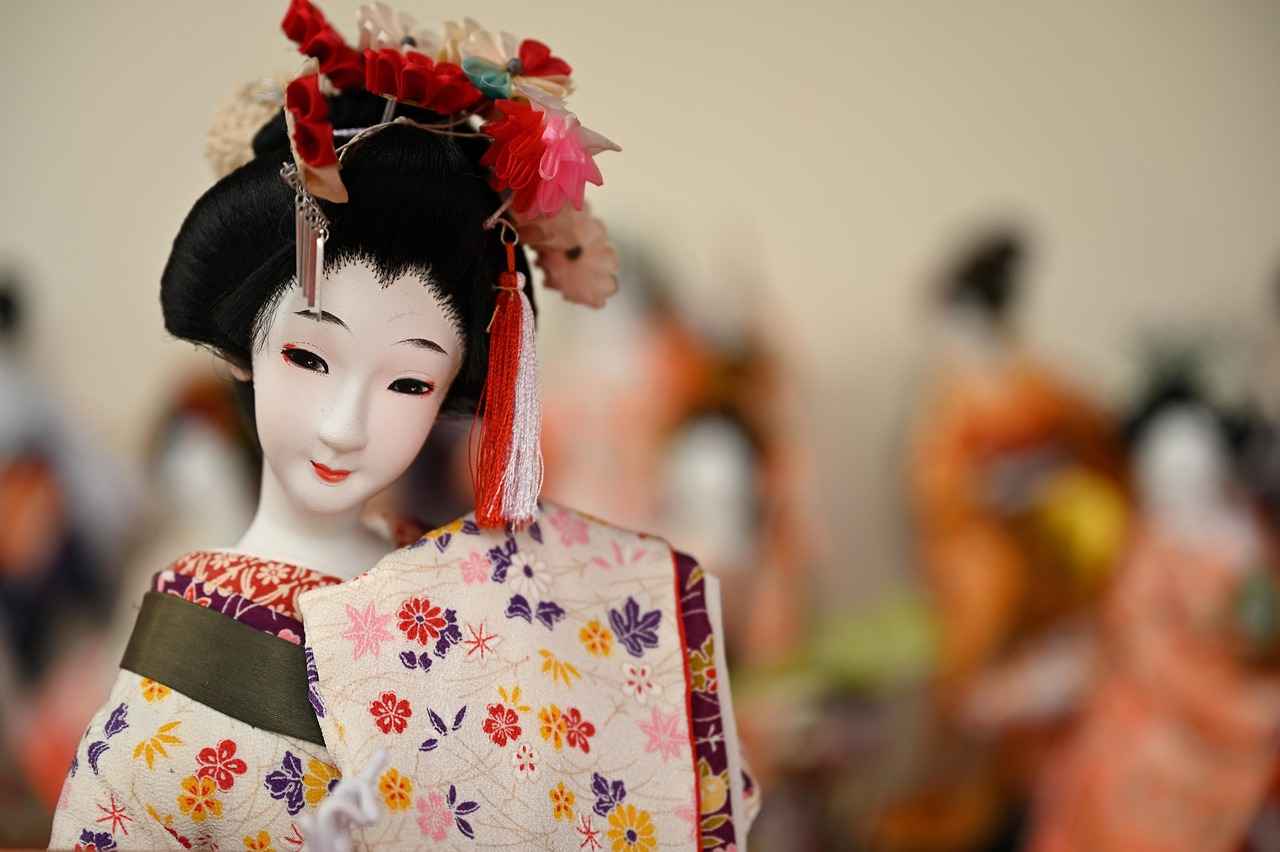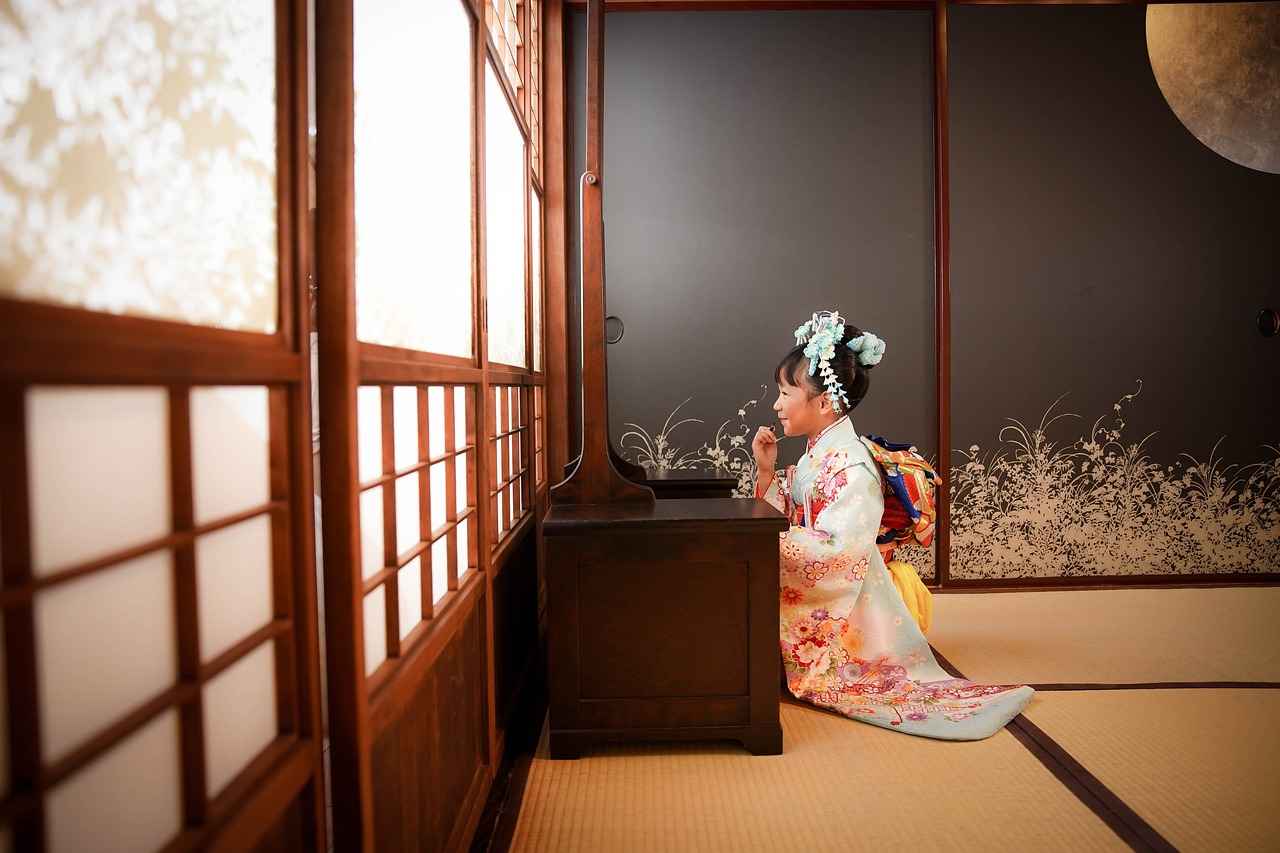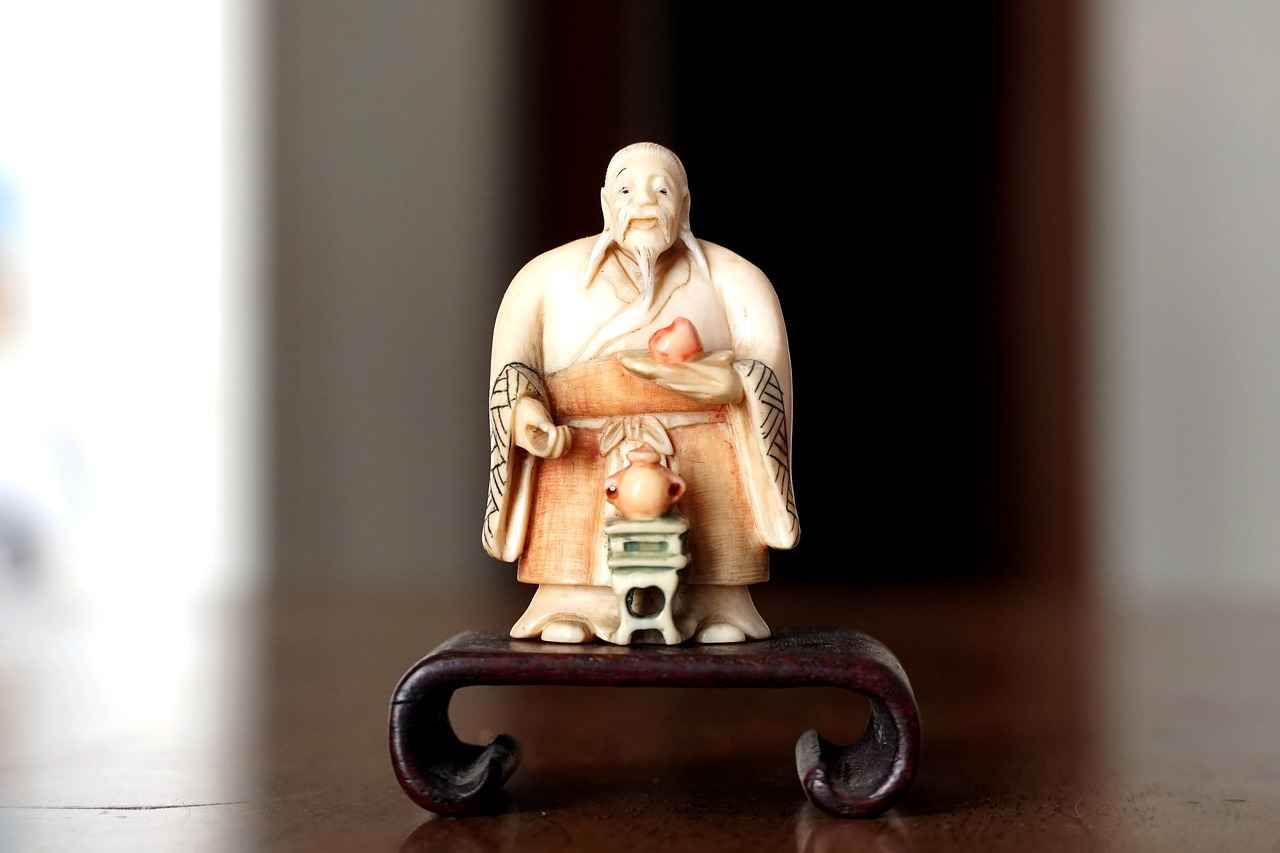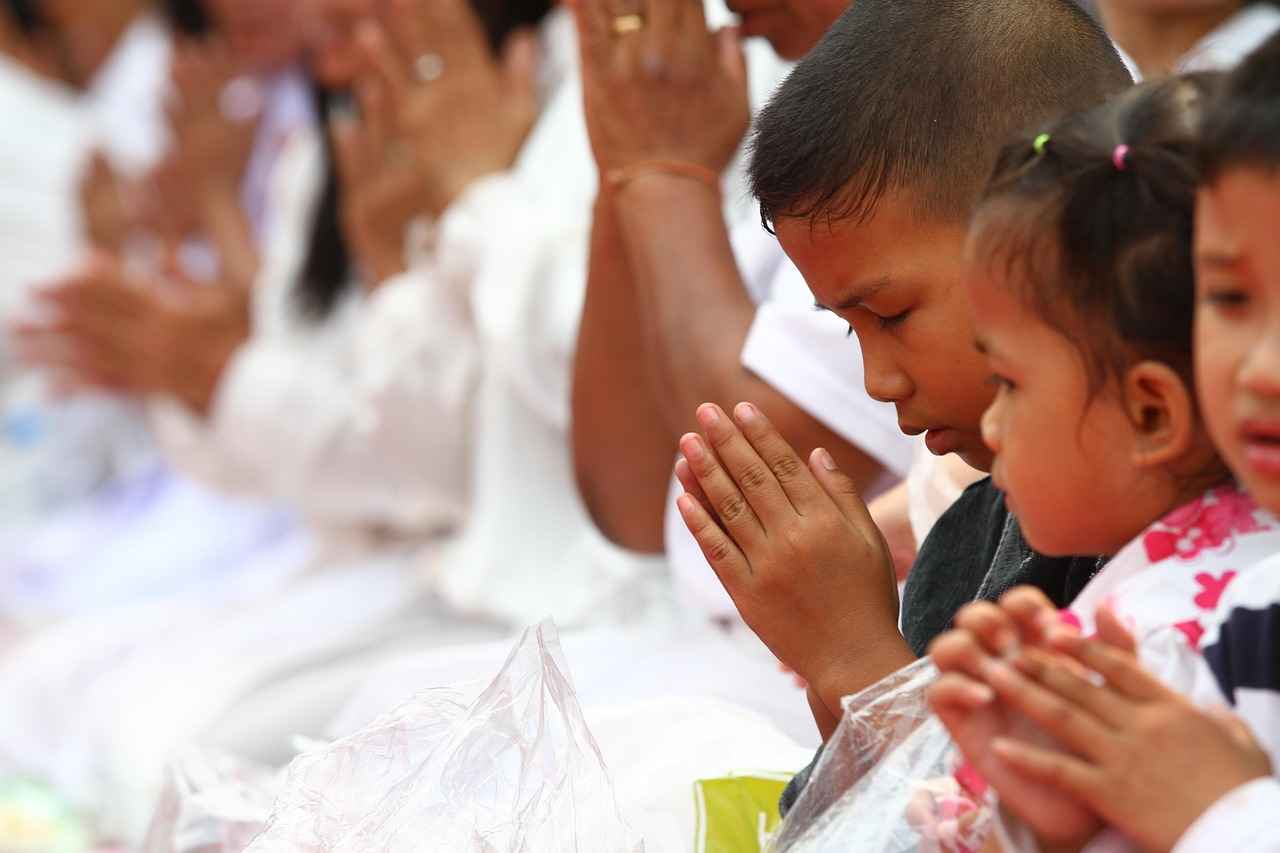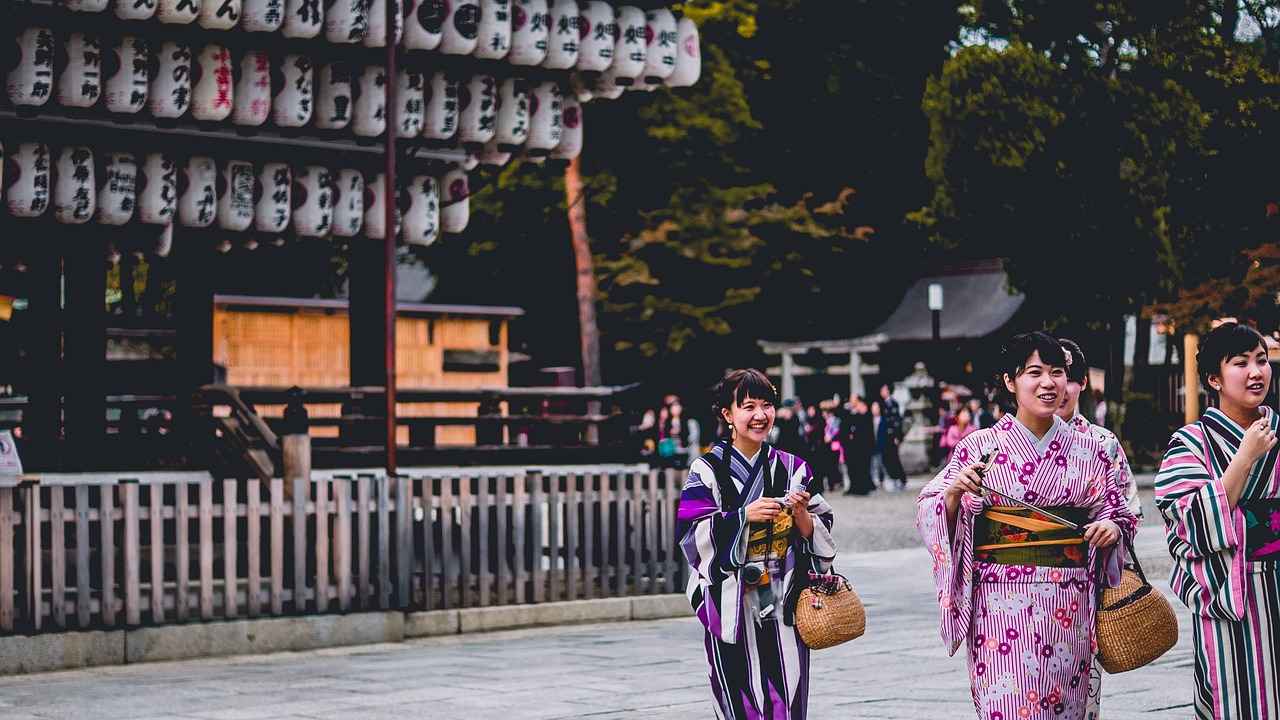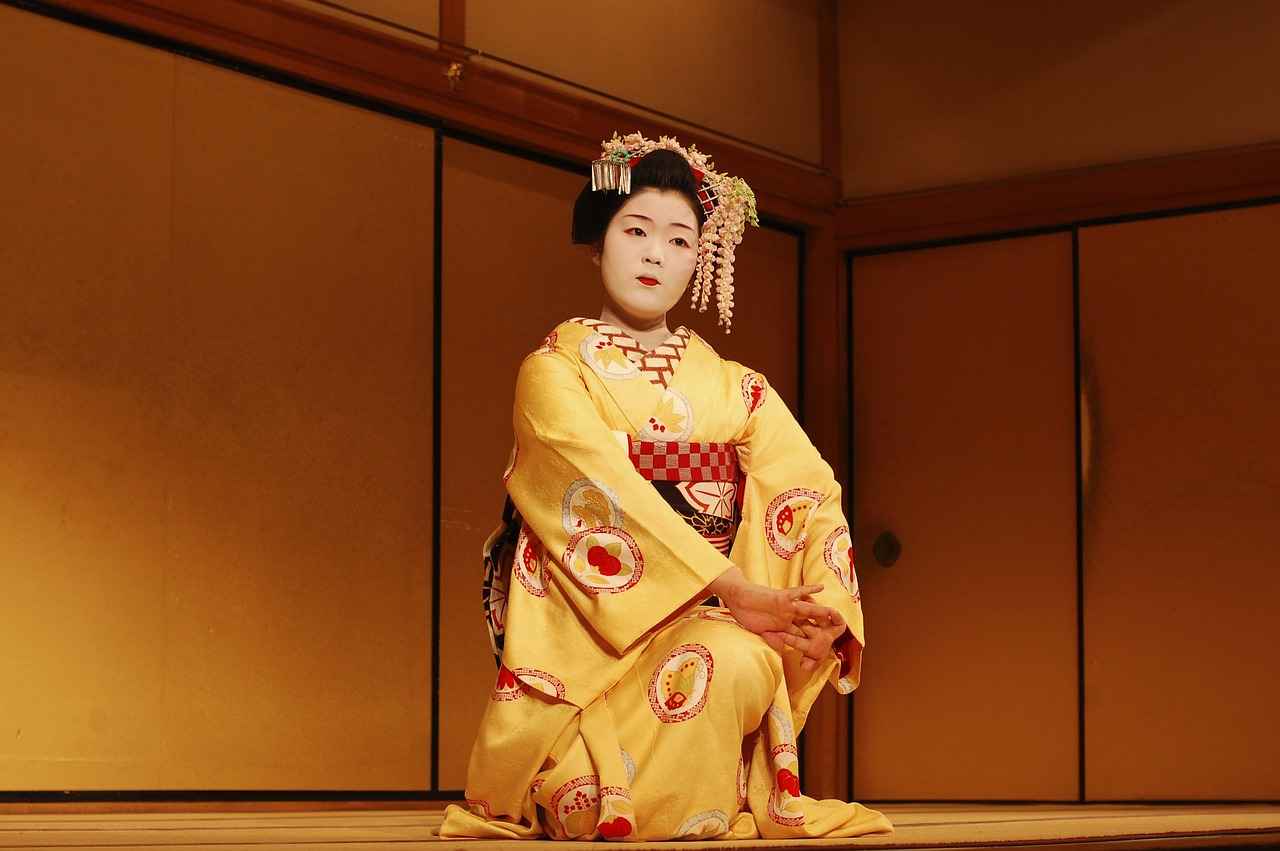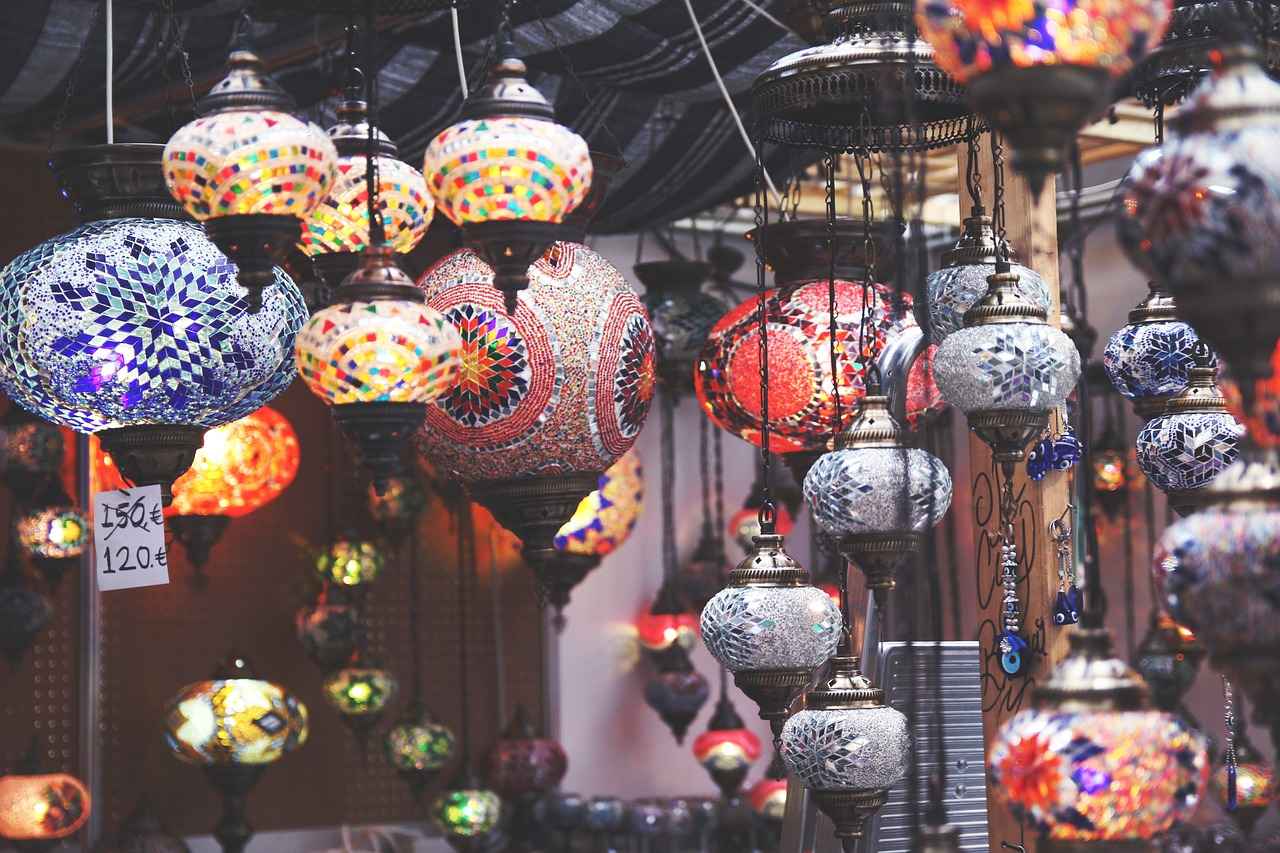Renting a kimono in Kyoto is not just about wearing a beautiful garment; it’s about immersing yourself in Japan’s rich cultural heritage. To ensure you have a memorable and culturally enriching experience, here are some essential insights and tips.
Understanding the Kimono Culture
The kimono is a symbol of Japanese tradition, representing elegance and artistry. Each kimono tells a story, reflecting the wearer’s status, age, and the occasion for which it is worn. Understanding this cultural significance will enhance your appreciation of the experience.
Choosing the Right Kimono Style
- Casual Kimonos: Perfect for a day of exploration.
- Formal Kimonos: Ideal for special events or ceremonies.
- Seasonal Kimonos: Available in various fabrics and designs to reflect the seasons.
Types of Kimonos
- Yukata: A lightweight summer kimono, perfect for festivals.
- Furisode: A formal kimono with long sleeves, worn by young women.
- Tomesode: A formal kimono for married women, often featuring intricate designs.
Renting vs. Buying a Kimono
Consider your needs and budget when deciding whether to rent or buy a kimono. Renting is usually more cost-effective for tourists, while buying may be a better option for those planning to wear it frequently.
Where to Rent a Kimono in Kyoto
Kyoto is home to numerous rental shops that offer a variety of kimonos. Look for shops with good reviews, a wide selection, and reasonable prices. Many shops also allow online reservations for added convenience.
What to Expect During the Rental Process
During the rental process, expect a fitting and styling session. Rental durations typically range from a few hours to a full day, allowing you to explore the city comfortably.
Tips for Wearing a Kimono Comfortably
To wear a kimono comfortably, adjust the fit and manage the layers. Practice walking in it before heading out to ensure a smooth experience.
Photography Tips in a Kimono
Capture stunning photographs by choosing picturesque locations such as temples and gardens. Consider poses that highlight both the kimono and the backdrop.
Returning Your Kimono: What to Know
When returning your kimono, follow the shop’s guidelines regarding cleaning and potential fees. Ensure you return it on time to avoid any additional charges.
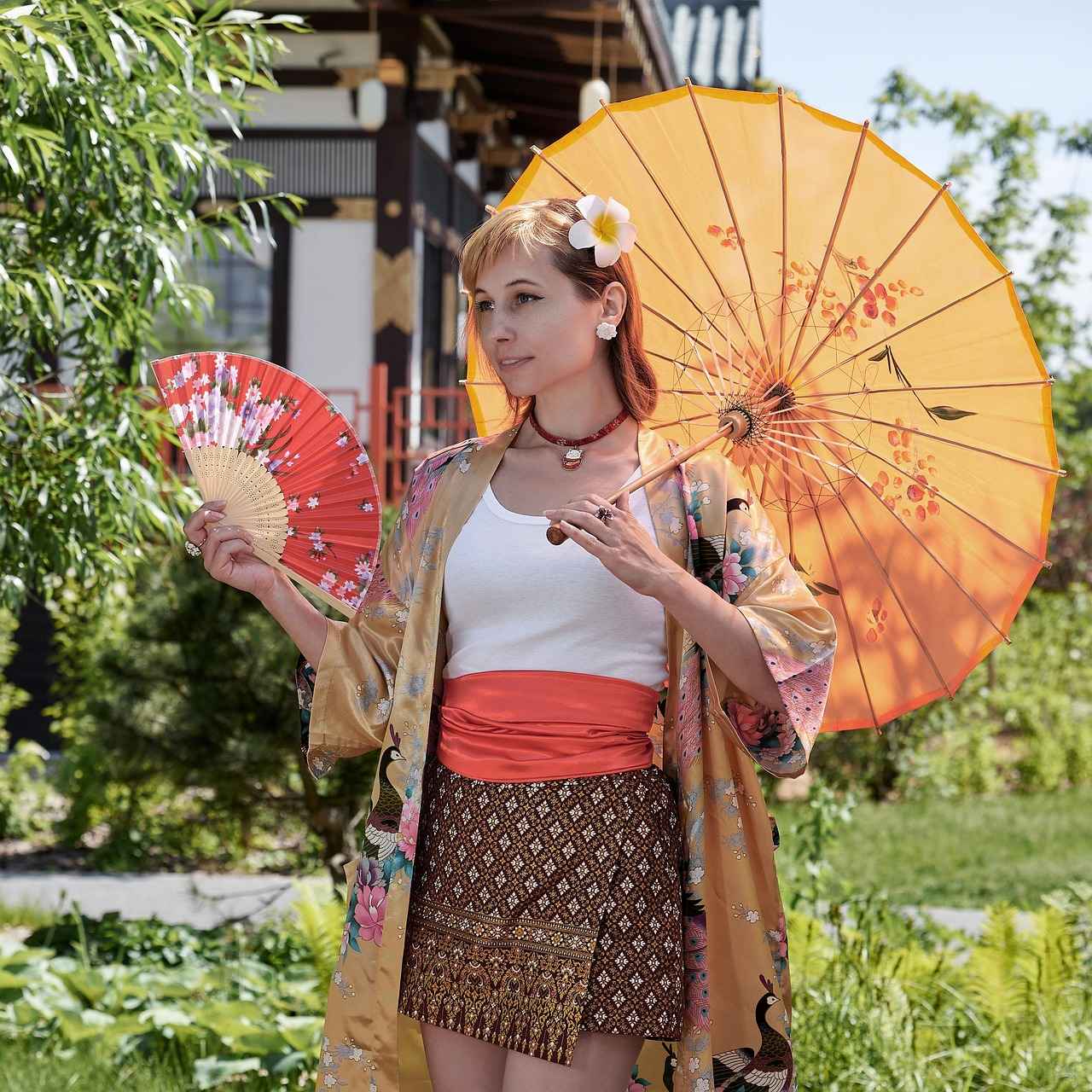
Understanding the Kimono Culture
The kimono, a traditional garment of Japan, holds a rich historical significance and embodies the cultural essence of the nation. Originating over a thousand years ago, the kimono has evolved through various periods, reflecting the changing social norms and artistic expressions of Japanese society. This elegant attire is more than just clothing; it is a symbol of identity, heritage, and artistry.
Kimonos are characterized by their distinctive designs, vibrant colors, and intricate patterns, which often carry deep meanings. For instance, the choice of colors and motifs can signify seasonal changes, family heritage, and even personal milestones. Traditionally, kimonos are made from silk, showcasing the craftsmanship of skilled artisans who dedicate their lives to this ancient art form.
In Japan, the kimono is worn during significant life events such as weddings, tea ceremonies, and festivals. Each occasion calls for a specific style and type of kimono, illustrating the garment’s role in marking important cultural rituals. For example, the furisode, with its long sleeves and elaborate designs, is typically worn by young women during their coming-of-age ceremonies.
The cultural importance of kimonos extends beyond their aesthetic appeal. They represent a connection to Japanese values such as respect, tradition, and family. Wearing a kimono is often seen as a way to honor one’s ancestry and maintain a link to the past, making it a cherished attire that transcends generations.
In recent years, there has been a resurgence of interest in kimonos, both within Japan and globally. Many people are now seeking to experience this traditional garment, especially in culturally rich cities like Kyoto. This trend not only promotes appreciation for Japanese culture but also supports local artisans and businesses.
In conclusion, the kimono is a profound symbol of Japan’s cultural heritage, representing traditional values and aesthetics that continue to resonate today. By understanding its significance, individuals can fully appreciate the beauty and meaning behind this iconic garment.
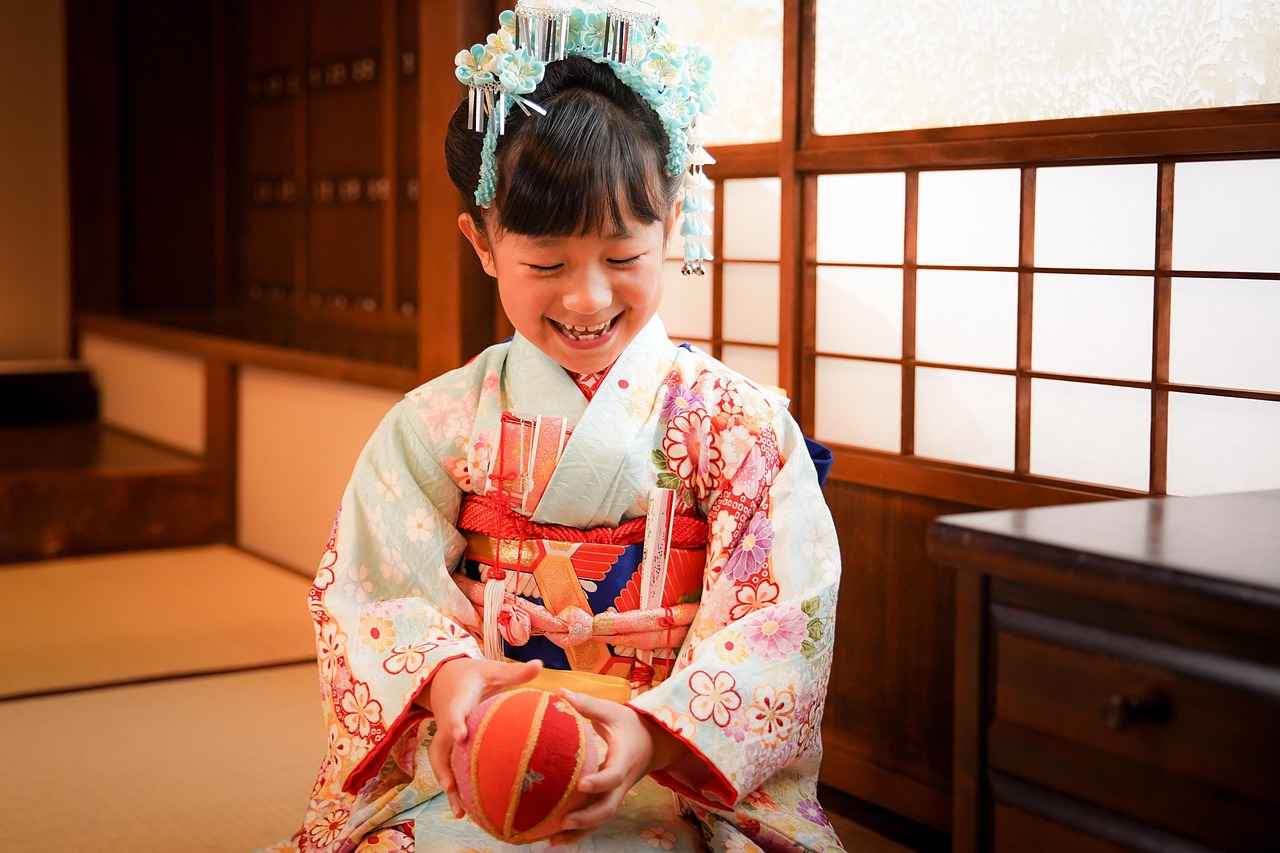
Choosing the Right Kimono Style
is essential for anyone looking to immerse themselves in the rich culture of Japan, particularly in a historic city like Kyoto. With a variety of options available for rent, you can find a kimono that perfectly suits your occasion, whether it’s a casual outing, a formal event, or a seasonal celebration.
When considering the styles of kimonos, you will encounter three main categories: casual, formal, and seasonal. Each style serves a unique purpose and is designed to reflect different aspects of Japanese culture.
- Casual Kimonos: Typically made from lighter fabrics, these kimonos are perfect for everyday wear or casual outings. The yukata, a summer kimono often adorned with vibrant patterns, is a popular choice during festivals and warm-weather events.
- Formal Kimonos: These are characterized by their intricate designs and are often worn during significant ceremonies such as weddings or tea ceremonies. The furisode, known for its long sleeves and elaborate patterns, is a traditional choice for young women celebrating milestones.
- Seasonal Kimonos: Depending on the time of year, kimonos can be tailored to reflect seasonal motifs. For example, a kimono with cherry blossoms is ideal for spring, while those with autumn leaves are perfect for fall festivities.
Ultimately, the choice of kimono style should align with your personal taste, the nature of the event, and the season. By understanding the various options available, you can ensure that your kimono not only fits the occasion but also enhances your overall experience in Kyoto.
Types of Kimonos
When exploring the rich tapestry of Japanese culture, understanding the various types of kimonos is essential. Kimonos are not just garments; they are a reflection of tradition, occasion, and personal expression. Below, we delve into three prominent types of kimonos: yukata, furisode, and tomesode, highlighting their unique characteristics and appropriate contexts for wear.
- Yukata: The yukata is a casual summer kimono made from lightweight cotton. It is often worn during summer festivals, fireworks displays, and casual outings. The vibrant colors and cheerful patterns make it a favorite among both locals and tourists. Typically, yukatas are paired with simple accessories like a haneri (collar) and a obi (belt), making it easy to wear and comfortable in warm weather.
- Furisode: The furisode is a formal kimono characterized by its long sleeves, which can reach up to 100 cm. This style is traditionally worn by young, unmarried women during significant events such as weddings, coming-of-age ceremonies, and formal gatherings. The intricate designs and elaborate patterns often symbolize youth and vitality, making it a stunning choice for special occasions.
- Tomesode: In contrast to the furisode, the tomesode is a formal kimono worn by married women. It features shorter sleeves and is often adorned with elegant patterns, typically found at the hem. Tomesode is commonly worn at weddings and formal events, signifying maturity and grace. The color of the tomesode can vary, with black being the most formal, often reserved for the most significant occasions.
Each type of kimono carries its own significance and is suitable for specific events. Understanding these distinctions will help you choose the right kimono for your experience in Japan, enhancing your cultural appreciation and ensuring you feel appropriate and stylish.
Yukata: The Summer Kimono
Yukata is a traditional Japanese garment that embodies the essence of summer festivities. This lightweight and casual kimono is not only comfortable but also stylish, making it the perfect choice for various summer events, including festivals, fireworks displays, and outdoor gatherings.
Originating from the Edo period, the yukata was initially worn as a bathrobe. Today, it has evolved into a fashionable choice for summer celebrations. Characterized by its vibrant colors and beautiful patterns, the yukata is often made from cotton, making it breathable and easy to wear in warm weather.
When it comes to wearing a yukata, there are a few essential tips to keep in mind:
- Choose the Right Size: Ensure the yukata fits well. It should comfortably wrap around your body without being too tight.
- Layering: Yukatas are typically worn over a juban (a cotton undergarment) for added comfort and to prevent sweat stains.
- Tying the Obi: The obi (belt) is crucial for securing the yukata. Learn how to tie it properly to achieve the traditional look.
- Accessorizing: Consider adding a haneri (collar) or a decorative obijime (obi cord) to enhance your outfit.
To wear a yukata properly, begin by putting it on like a jacket, left side over right. Then, wrap it around your waist and secure it with the obi. The final touch is to adjust the sleeves and hemline for a polished appearance.
Wearing a yukata allows you to embrace Japanese culture while enjoying the summer heat. Whether you are attending a local festival or simply strolling through the streets of Kyoto, the yukata will make you feel both comfortable and stylish.
Furisode: The Formal Kimono
Furisode is a traditional Japanese kimono that holds a special place in the hearts of many young women. Typically worn by unmarried women, this elegant garment is characterized by its long sleeves and intricate designs, making it a popular choice for significant life events such as coming-of-age ceremonies, weddings, and other formal occasions. The word “furisode” itself translates to “swinging sleeves,” which reflects the garment’s distinctive style.
The significance of the furisode extends beyond its beautiful appearance. It symbolizes youth, femininity, and the transition into adulthood. Young women often wear furisode during their seijin shiki, or coming-of-age ceremonies, which celebrate their entry into adulthood at the age of 20. This event is not only a personal milestone but also a cultural rite of passage, deeply rooted in Japanese tradition.
One of the most captivating aspects of furisode is its elaborate designs. Each kimono is often adorned with vibrant colors and intricate patterns that can represent various themes, such as nature, seasons, or family heritage. The choice of color and design can also convey messages about the wearer’s personality and aspirations. For instance, a kimono with floral motifs may symbolize growth and beauty, while geometric patterns can reflect a sense of stability and strength.
Moreover, the fabric and craftsmanship of furisode kimonos are equally impressive. Many are made from luxurious silk and are often hand-painted or embroidered, showcasing the skill of artisans. This attention to detail not only elevates the garment’s aesthetic appeal but also its cultural value, as each piece is a work of art that tells a story.
In conclusion, the furisode is more than just a beautiful piece of clothing; it is a rich cultural symbol that embodies the essence of Japanese tradition and the journey of young women into adulthood. Wearing a furisode is an opportunity to connect with these deep-rooted customs and celebrate significant life moments.
Renting vs. Buying a Kimono
When considering whether to rent or buy a kimono, it’s crucial to evaluate the pros and cons of each option to make an informed decision that aligns with your needs and budget.
| Criteria | Renting | Buying |
|---|---|---|
| Cost | Generally lower upfront cost, ideal for short-term use. | Higher initial investment, but can be cost-effective long-term. |
| Variety | Access to a wide range of styles and sizes for different occasions. | Limited to purchased options; may not suit every event. |
| Maintenance | Rental companies typically handle cleaning and maintenance. | Requires personal care, including cleaning and storage. |
| Usage Frequency | Best for one-time events or occasional wear. | Better for regular use or collectors. |
| Emotional Value | Less sentimental attachment; primarily functional. | Can hold significant personal and cultural value over time. |
Ultimately, the decision to rent or buy a kimono should be guided by your personal preferences and how often you plan to wear it. If you are visiting Kyoto for a short time and wish to immerse yourself in the local culture without a long-term commitment, renting might be the best option. On the other hand, if you have a deep appreciation for traditional Japanese attire and plan to wear a kimono regularly, investing in a quality piece may be worthwhile.
Consider your budget, the occasion, and how often you anticipate wearing a kimono when making your decision. Both options have their unique advantages and can lead to a fulfilling experience of wearing this beautiful traditional garment.
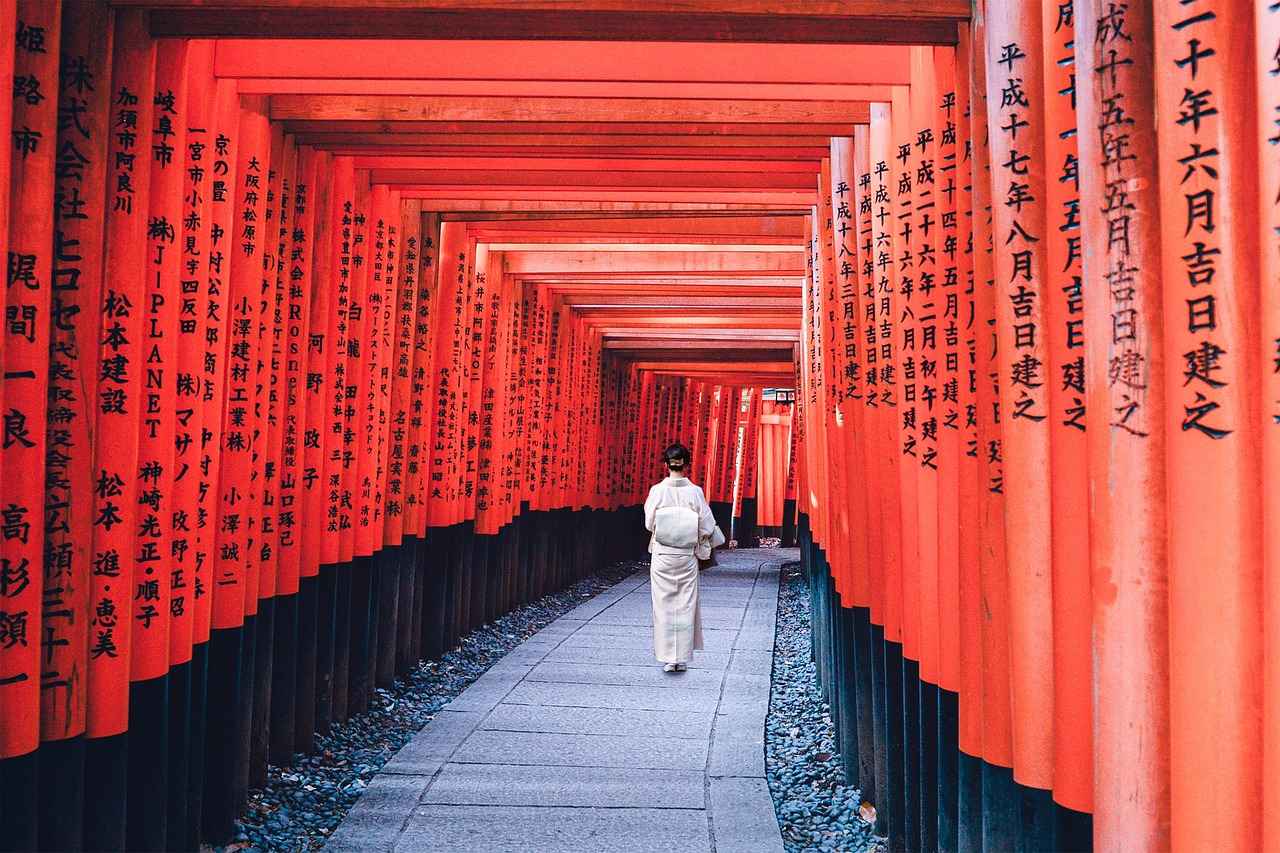
Where to Rent a Kimono in Kyoto
Kyoto, renowned for its rich cultural heritage, offers a unique opportunity to immerse yourself in traditional Japanese attire by renting a kimono. With numerous rental shops scattered throughout the city, it can be challenging to identify the best options. Here, we outline key factors to consider when selecting a rental shop, ensuring a seamless and enjoyable experience.
- Quality Service: Look for rental shops that prioritize customer service. Friendly and knowledgeable staff can guide you in selecting the right kimono and accessories, making your experience enjoyable.
- Extensive Selection: Choose a shop that boasts a wide range of kimonos, including various styles and sizes. This ensures you find the perfect fit for your occasion, whether it’s a casual outing or a formal event.
- Reasonable Prices: Compare rental prices among different shops. While some places may offer premium options, ensure that the prices align with the quality and service provided.
- Convenience: Consider shops that offer online reservations, allowing you to secure your kimono in advance. This can save time and guarantee availability during peak tourist seasons.
- Customer Reviews: Research customer feedback and ratings on platforms such as Google or TripAdvisor. Positive reviews often indicate a reliable rental shop with satisfied customers.
Some popular rental shops in Kyoto include:
- Yume Kyoto: Known for its extensive collection and personalized service.
- Okamoto: Offers a variety of kimonos at competitive prices.
- Kimono Rental Wargo: Renowned for its convenient online booking system.
By taking the time to research and choose the right rental shop, you can ensure a memorable experience while exploring the stunning sights of Kyoto in traditional attire.
Popular Rental Shops
Explore the vibrant kimono rental scene in Kyoto, a city renowned for its rich cultural heritage and stunning traditional attire. Renting a kimono is not just about wearing beautiful clothing; it’s an immersive experience that allows visitors to connect with Japanese culture. Here are some of the most popular rental shops in Kyoto, each offering unique features and services that cater to different needs.
| Rental Shop | Unique Offerings | Customer Reviews |
|---|---|---|
| Yume Kyoto | Wide selection of kimonos, including rare vintage pieces. Offers a photo shoot service. | Highly rated for friendly staff and extensive collection. Customers appreciate the personalized fitting experience. |
| Okamoto | Specializes in furisode for formal occasions. Provides a traditional dressing experience. | Many reviews highlight the quality of the kimonos and the expertise of the dressing assistants. |
| Kyoto Kimono Rental Wargo | Affordable rates with a variety of styles. Offers a discount for online reservations. | Customers love the convenience and value for money, with many recommending the online booking system. |
| Kimono Rental Kotoriyu | Focuses on eco-friendly practices with a range of sustainable kimonos. | Positive feedback for their eco-conscious approach and the quality of their garments. |
Each of these shops provides a unique experience, making it easy for visitors to find the perfect kimono for their Kyoto adventure. From the personalized service at Yume Kyoto to the eco-friendly options at Kotoriyu, you are sure to find a rental shop that meets your needs. Make sure to check customer reviews and consider making a reservation online to secure your preferred kimono!
Online Reservations
In today’s fast-paced world, making online reservations for kimono rentals in Kyoto has become increasingly popular among tourists and locals alike. This convenient option not only saves precious time but also ensures that you have a kimono ready for your special day in this culturally rich city.
One of the primary advantages of online reservations is the guarantee of availability. Kyoto attracts countless visitors, especially during peak seasons, and kimono rental shops can quickly run out of popular styles and sizes. By reserving your kimono online, you can browse through a wide selection of styles and colors, choosing the one that best suits your taste and occasion.
Additionally, many rental shops offer exclusive online deals that can save you money. These discounts are often not available for walk-in customers, making online booking a smart choice for budget-conscious travelers. You can also take advantage of package deals that include accessories such as obi, obijime, and even hairstyling services, enhancing your overall experience.
Another significant benefit is the ability to read reviews and compare different rental shops before making a decision. Online platforms provide valuable insights from previous customers, helping you choose a reputable shop with excellent service and high-quality kimonos.
Furthermore, the process of booking online is typically straightforward. Most rental shops have user-friendly websites where you can select your preferred date, time, and kimono style. After completing your reservation, you will receive a confirmation email, ensuring peace of mind as you prepare for your Kyoto adventure.
In conclusion, opting for online reservations for kimono rentals not only saves time but also guarantees that you will have the perfect attire for your exploration of Kyoto. By taking advantage of the convenience and benefits of online booking, you can focus on enjoying your cultural experience without the stress of last-minute arrangements.
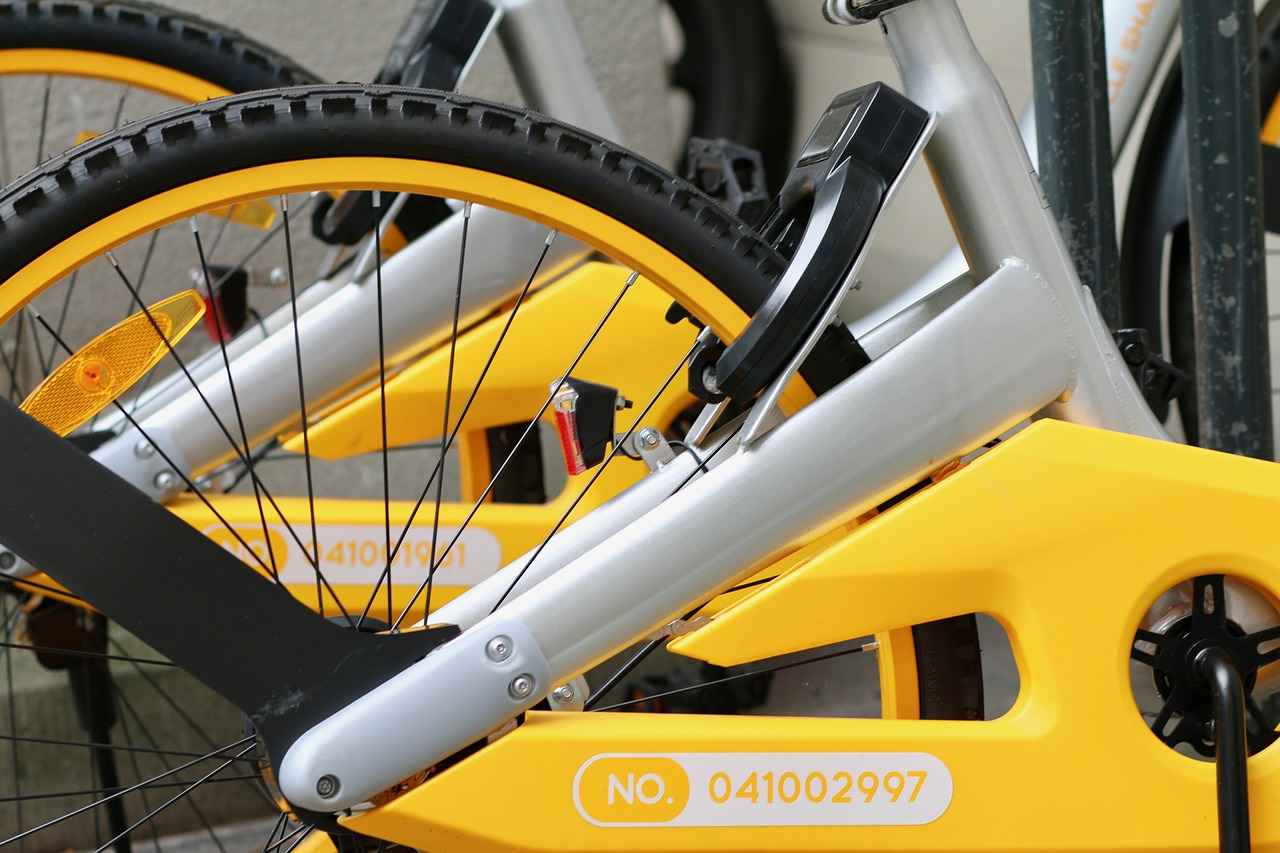
What to Expect During the Rental Process
Renting a kimono in Kyoto is a delightful experience that immerses you in Japanese culture. Understanding the rental process is essential to ensure a smooth and enjoyable experience. Here’s what you can expect:
- Initial Consultation: Upon entering a rental shop, you will be greeted by friendly staff who will guide you through the process. They will ask about your preferences, occasion, and any specific styles you have in mind.
- Fitting: After discussing your preferences, you will try on various kimonos. The staff will assist you in selecting the right size and style, ensuring that the kimono fits comfortably. Be prepared to try on multiple options until you find the perfect match.
- Styling: Once you have chosen your kimono, the staff will help you with the dressing process. This includes layering the kimono correctly and adding accessories such as obi (sashes) and obijime (decorative cords). They will ensure that you look your best for your outing.
- Duration of Rental: Rental periods can vary, but most shops offer options ranging from a few hours to a full day. Make sure to clarify the return time to avoid any late fees. Some shops may even offer overnight rentals for those wishing to enjoy their kimono experience longer.
- Return Process: After your adventure, you will return to the shop to return the kimono. The staff will inspect the garment for any damages. It is advisable to handle the kimono with care during your rental period to avoid any additional charges for cleaning or repairs.
By understanding these steps, you can prepare yourself for a seamless and enriching kimono rental experience in Kyoto. Embrace the beauty of this traditional attire and enjoy your time exploring the city!
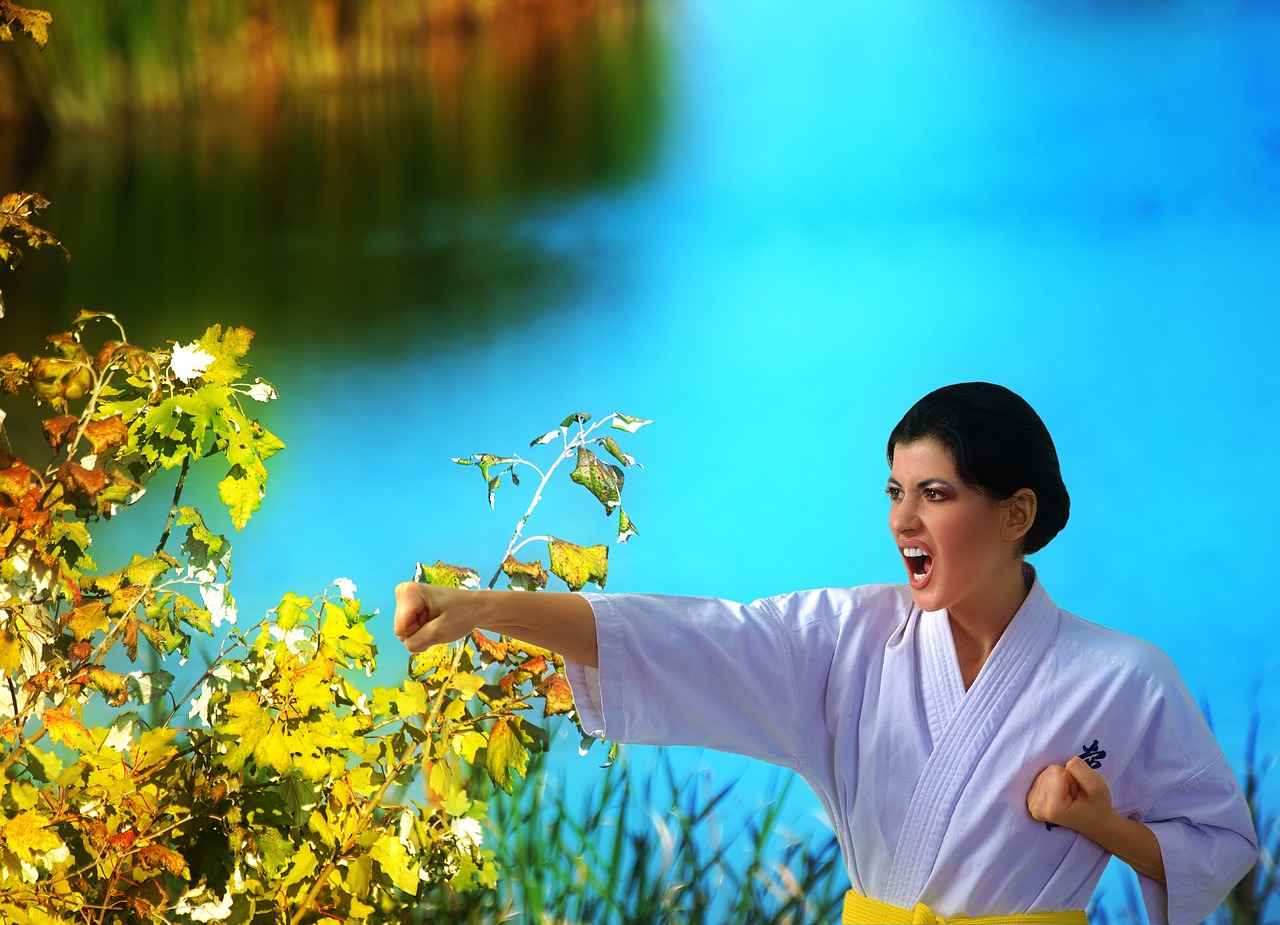
Tips for Wearing a Kimono Comfortably
When renting a kimono in Kyoto, comfort is key to fully enjoying your experience. Here are some practical tips to help you wear your kimono comfortably while exploring this beautiful city:
- Choose the Right Size: Always ensure that the kimono fits well. If it’s too tight, it can restrict movement; if it’s too loose, it may not look flattering. Most rental shops will help you find the right size.
- Layer Wisely: Kimonos often come with multiple layers, including an undergarment called haneri. Learn how to manage these layers to avoid overheating, especially during warm weather.
- Adjust the Obi: The obi, or belt, plays a crucial role in the overall look and comfort of your kimono. Make sure it is tied securely but not too tight, allowing for comfortable movement.
- Practice Walking: Kimonos can restrict your stride. Practice walking in your kimono before heading out. Take smaller steps to maintain balance and avoid tripping.
- Accessorize Wisely: Consider wearing comfortable footwear, such as geta or zori, which are traditional wooden sandals. Avoid high heels, as they can be difficult to navigate in a kimono.
- Stay Hydrated: Exploring Kyoto can be tiring, especially in a kimono. Keep a water bottle handy to stay hydrated, but be mindful of how you carry it to avoid damaging your outfit.
By following these tips, you can ensure a more enjoyable and comfortable experience while wearing a kimono in Kyoto, allowing you to fully appreciate the beauty and culture of the city.

Photography Tips in a Kimono
Wearing a kimono while exploring the picturesque streets of Kyoto offers a unique opportunity to capture breathtaking photographs. Here are some essential tips to help you take stunning pictures that highlight both your beauty and the elegance of the kimono.
- Choose the Right Location: Select spots that complement the colors and patterns of your kimono. Iconic locations such as Kinkaku-ji (Golden Pavilion) or the Arashiyama Bamboo Grove provide stunning backdrops.
- Timing is Key: The best light for photography is during the golden hour, shortly after sunrise or before sunset. This natural lighting enhances the vibrant colors of your kimono.
- Pose Naturally: Practice poses that feel comfortable and natural. Consider gentle movements, such as twirling or adjusting your obi (belt), to create dynamic shots.
- Utilize Props: Incorporate traditional elements like fans or umbrellas to add depth to your photos. These props can enhance the cultural context of your images.
- Focus on Details: Capture close-up shots that emphasize the intricate patterns and textures of the kimono. Highlighting details like the embroidery or fabric can create stunning visual interest.
- Engage with the Environment: Interact with your surroundings. Lean against a traditional wooden fence or sit on a stone pathway to create a sense of place in your photographs.
In addition to these tips, consider hiring a local photographer who specializes in kimono photography. They can guide you to the best spots and help you pose in ways that showcase the beauty of both you and your attire.
With these suggestions, you are well on your way to capturing unforgettable memories in your kimono while exploring the enchanting city of Kyoto.
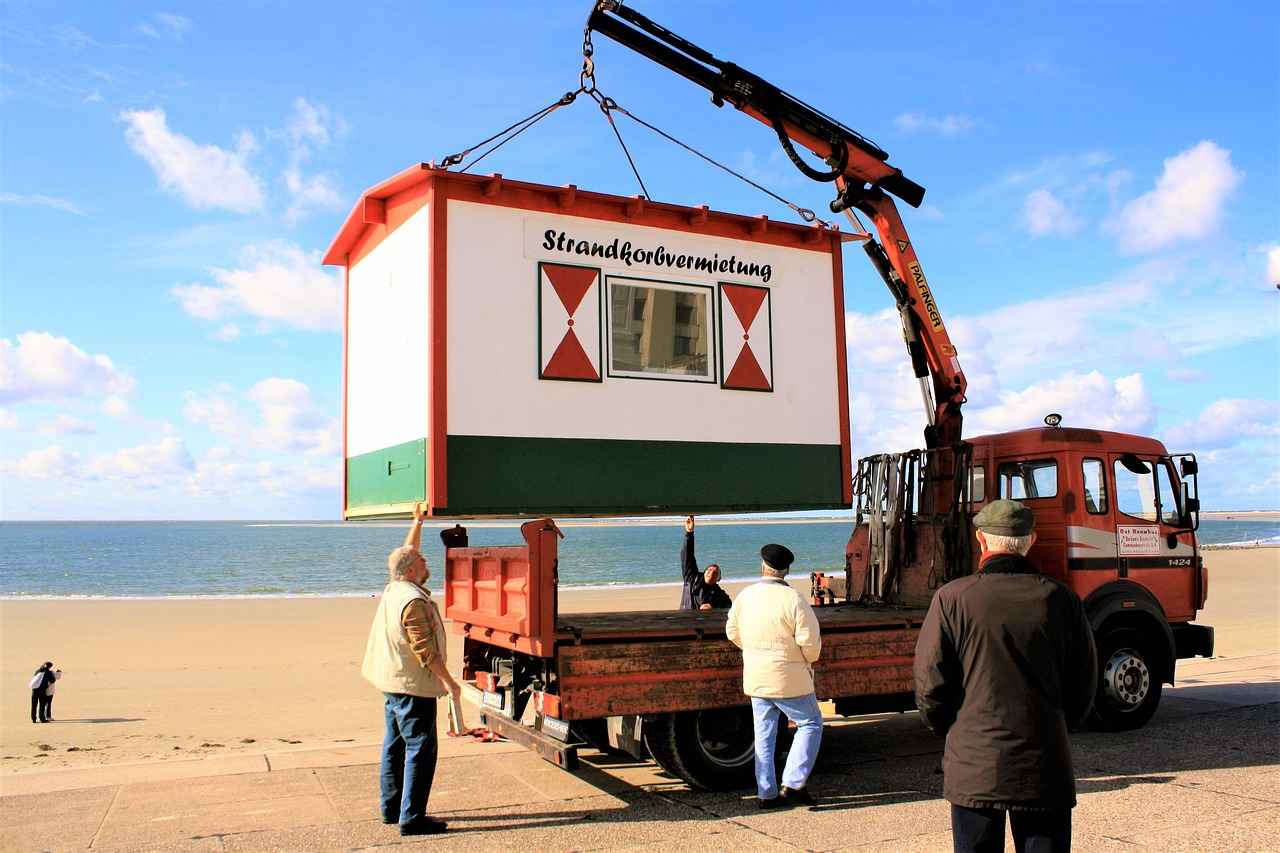
Returning Your Kimono: What to Know
After enjoying your time exploring Kyoto in a beautiful kimono, it’s essential to understand the process and etiquette for returning your rented garment. This ensures a smooth conclusion to your experience and helps you avoid any unexpected fees.
When you return your kimono, follow these key steps:
- Return Location: Make sure to return the kimono to the same rental shop from where you picked it up. Some shops may have multiple locations, so double-check your rental agreement.
- Timing: Be aware of the return time specified in your rental agreement. Late returns may incur additional fees, which can vary by shop.
- Cleaning Requirements: Most rental shops expect you to return the kimono in the same condition you received it. However, some shops may include the cost of cleaning in your rental fee. Always clarify this when renting.
- Inspecting the Kimono: Before returning, inspect the kimono for any damages or stains. If you notice anything, inform the staff immediately to avoid potential fees.
- Fees and Deposits: Be prepared for any additional charges that may arise for damages or late returns. Some shops may require a deposit that is refundable upon successful return.
By adhering to these guidelines, you can ensure that your kimono rental experience concludes positively. Following the proper etiquette not only respects the rental business but also contributes to the preservation of this beautiful aspect of Japanese culture.
In conclusion, understanding the return process is vital for a hassle-free experience. Enjoy your time in Kyoto, and cherish the memories made in your kimono!
Frequently Asked Questions
- What is the best time to rent a kimono in Kyoto?
The best time to rent a kimono in Kyoto is during the spring and autumn months when the weather is mild and the scenery is breathtaking. However, summer is also popular due to festivals where yukatas are commonly worn!
- Do I need to make a reservation to rent a kimono?
While walk-ins are often accepted, making an online reservation is highly recommended. This ensures you have the kimono style you want and saves you time, especially during peak tourist seasons.
- Can I wear a kimono for any occasion?
Absolutely! Kimonos can be worn for various occasions, from casual outings to formal events. Just choose the right style—like a yukata for summer festivals or a furisode for weddings and special ceremonies.
- How long can I rent a kimono for?
Rental periods can vary, but most shops offer options ranging from a few hours to a full day. Some even allow overnight rentals! Make sure to check the specific policies of the rental shop.
- What should I do if I damage the kimono?
If you accidentally damage the kimono, inform the rental shop immediately. They may charge a fee based on the extent of the damage, so it’s best to be upfront about it.





